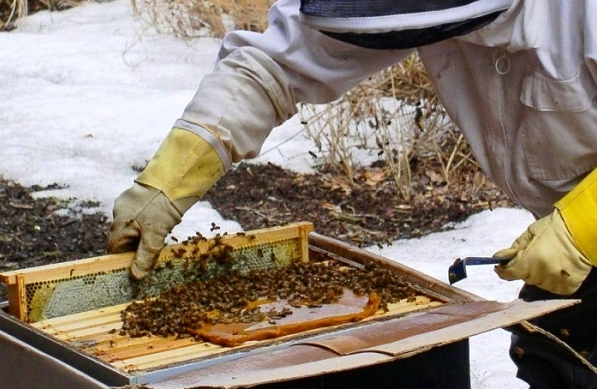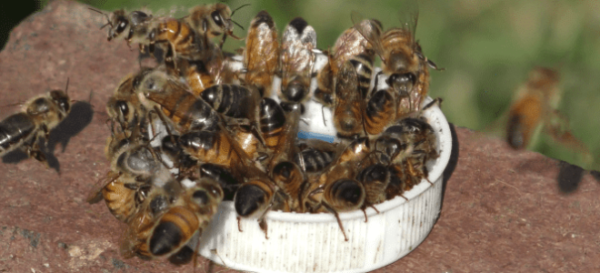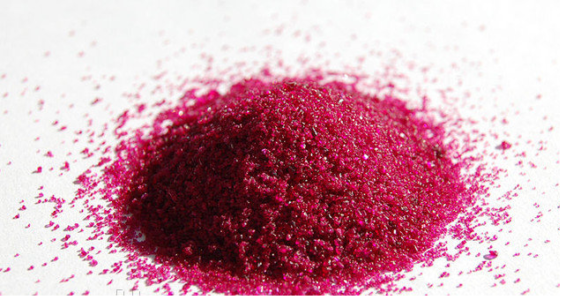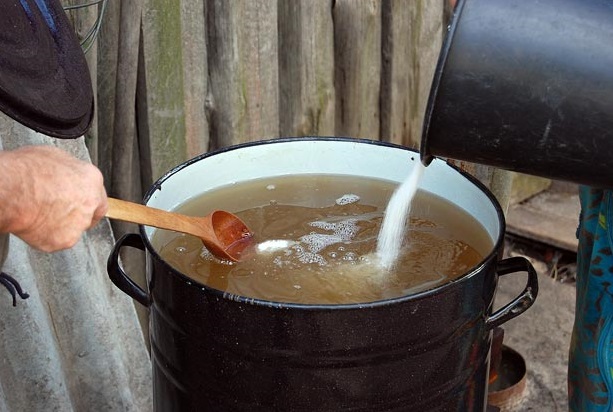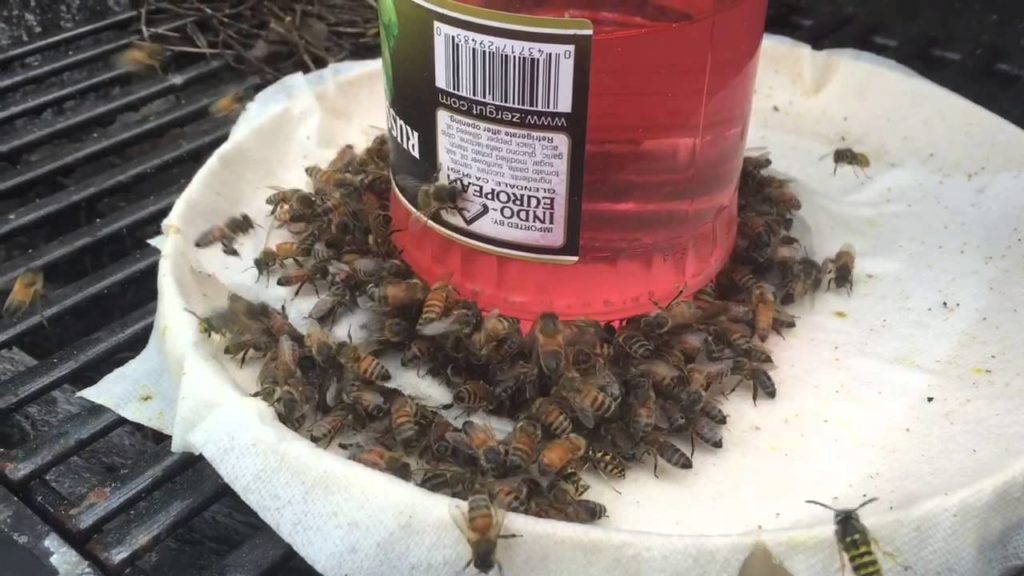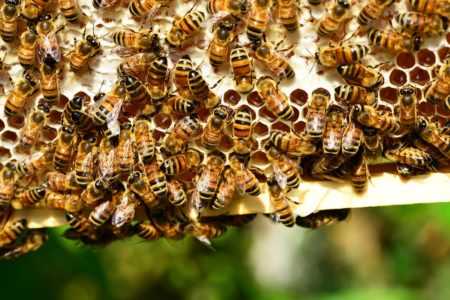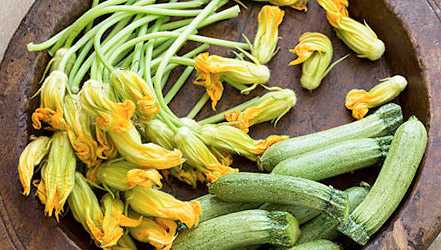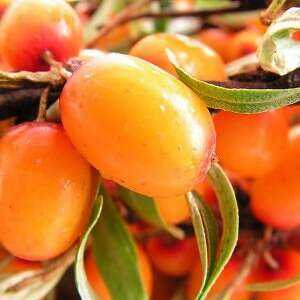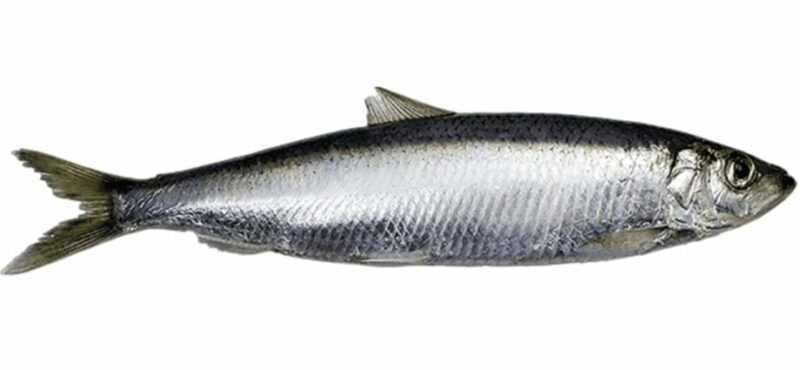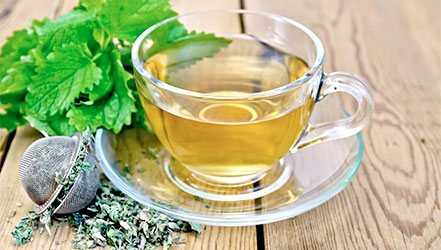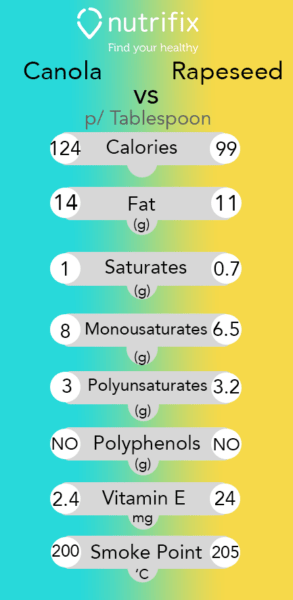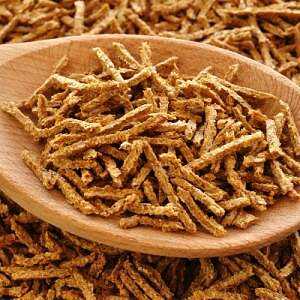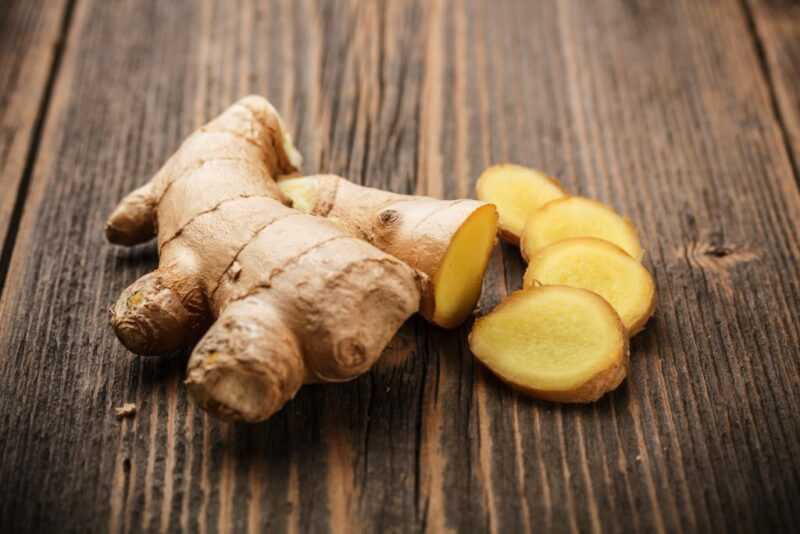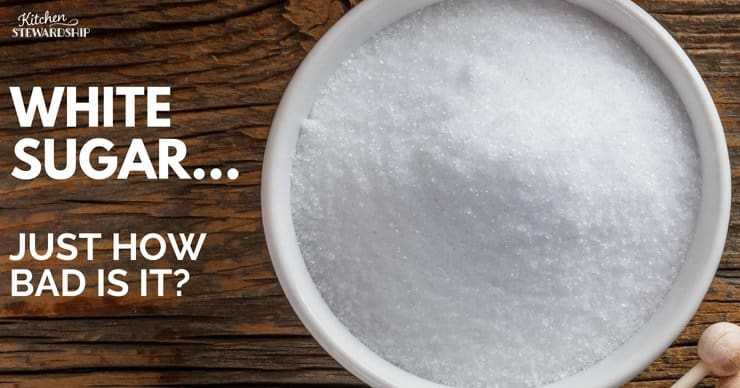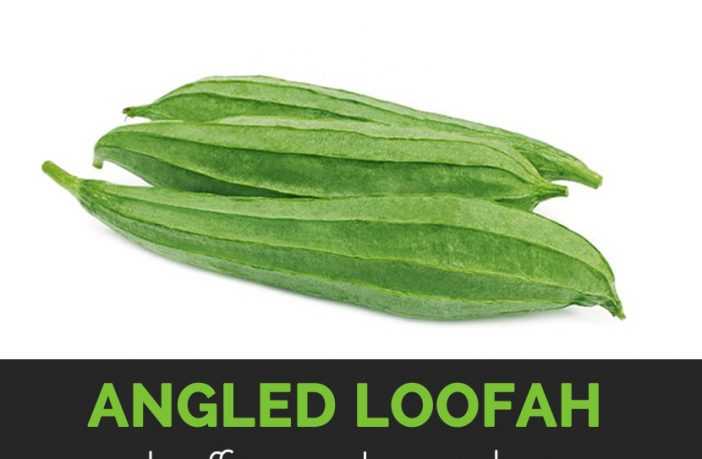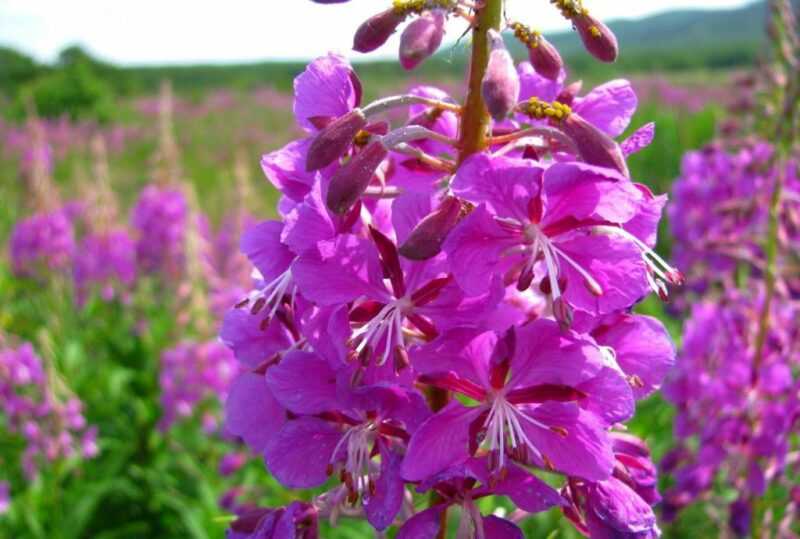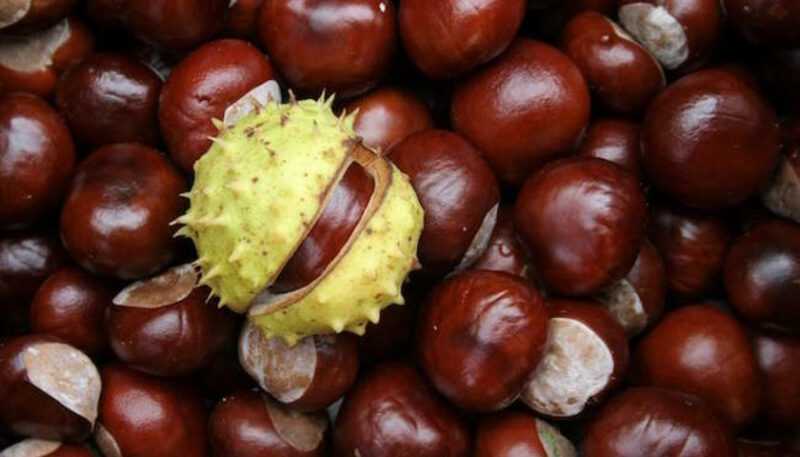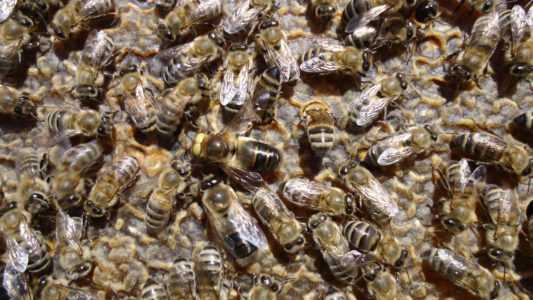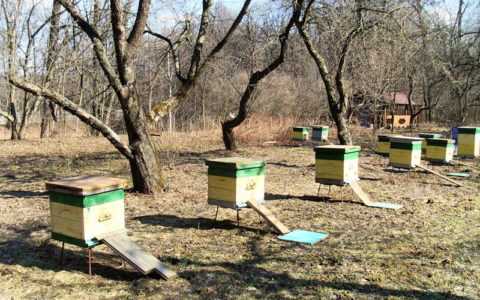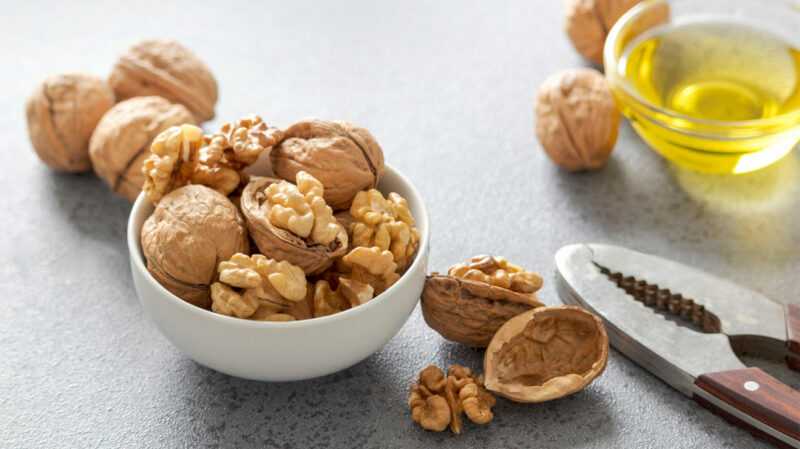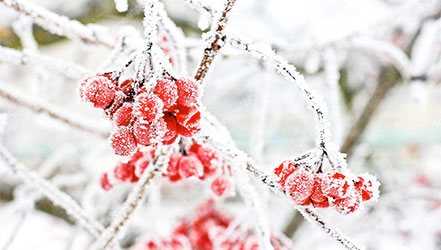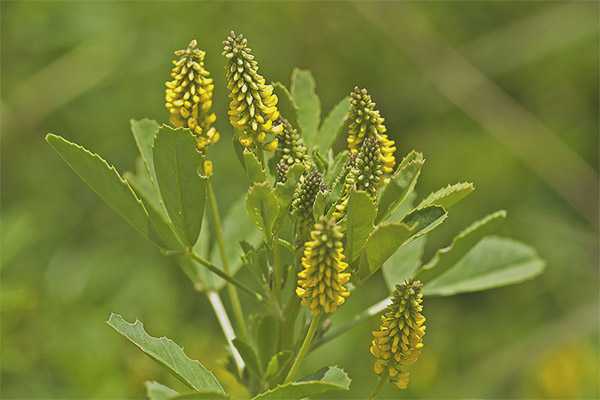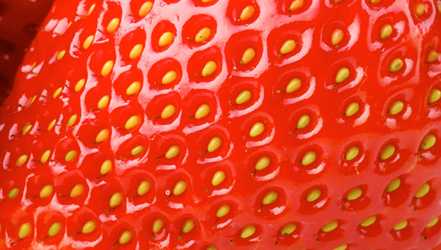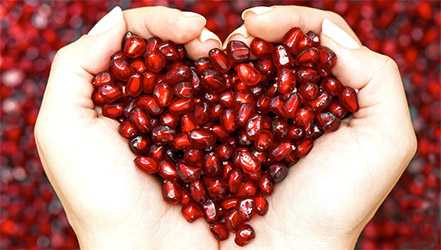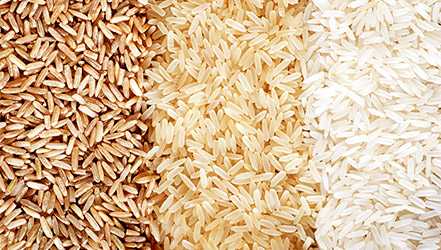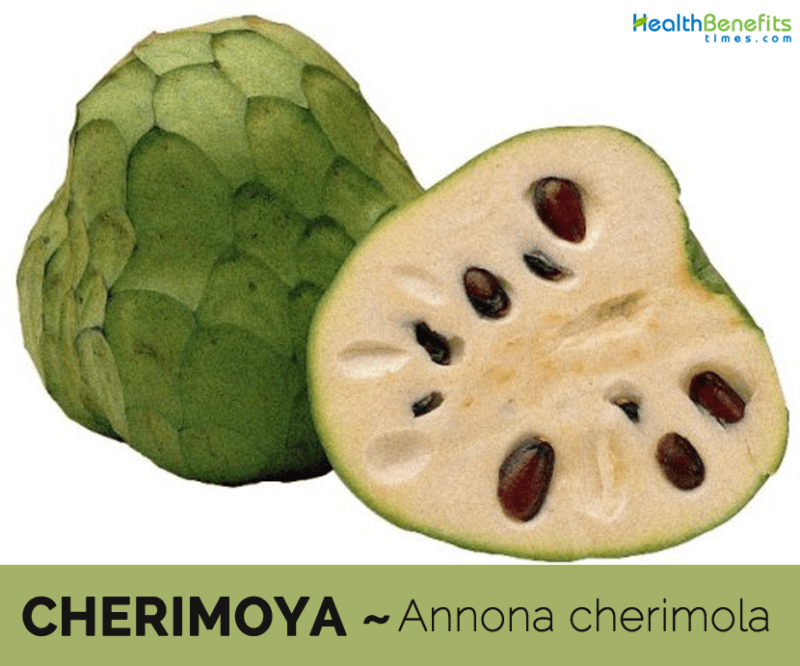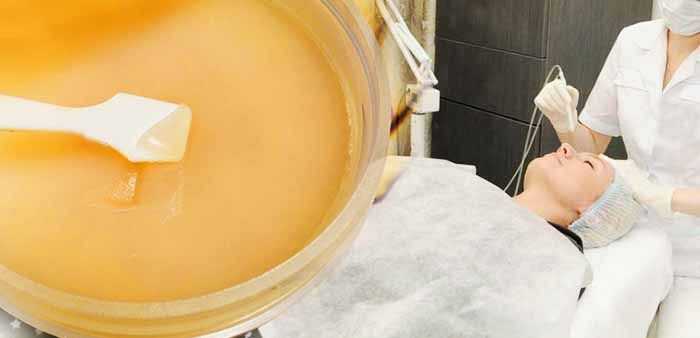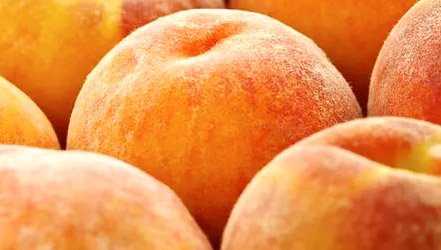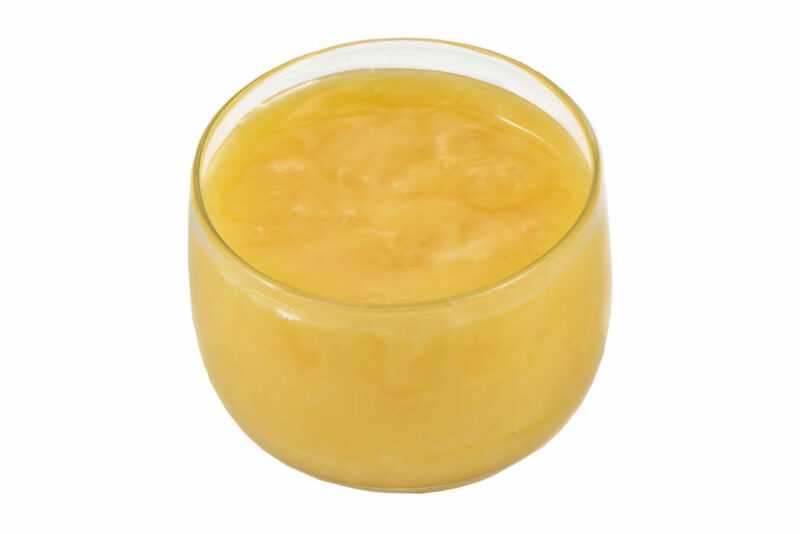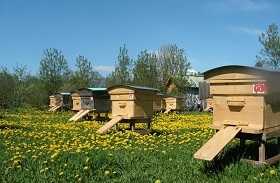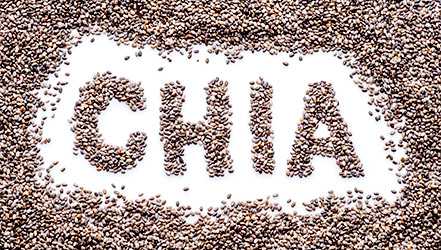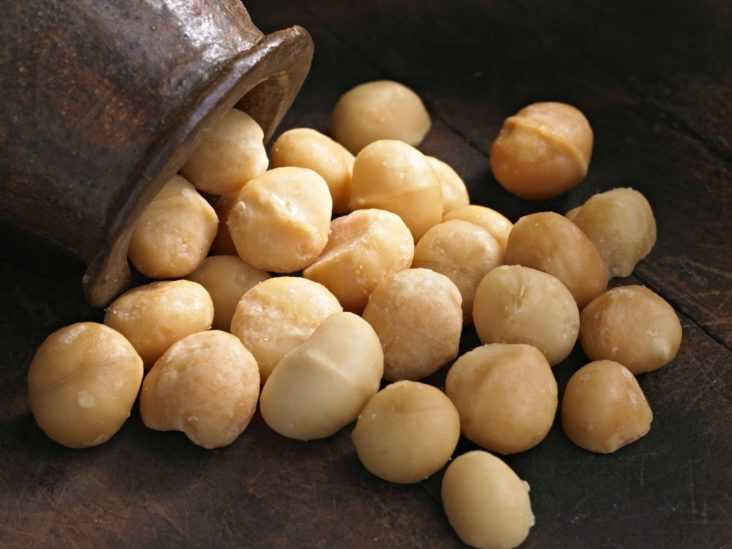The normal balance of trace elements in the body of bees plays an important role in metabolism, is responsible for productivity and reproduction. Cobalt is the most important for bees. By adding a small amount to the sugar syrup, the beekeeper increases the amount of brood in the spring, increases the immunity of their wards.
What is the substance and how does it act on bees
Cobalt is the 27th element in the periodic table. In nature, it occurs in the form of a silver-colored metal with a pinkish tint. Its oxides were used in antiquity for dyeing textiles. Powder preparations were used to dye fabrics, giving them a bright blue tint. But biochemists became actively interested in it only in the middle of the last century.
Research work was carried out on the basis of the Yerevan Institute of Zooveterinary Medicine. For the experiment, 12 absolutely healthy bee colonies were selected. They were injected with cobalt chloride as a supplement. 2 mg was injected into a liter of sugar syrup. drug. After a while, control measurements were carried out and the data showed the results shown in the table.
The indicators make it clear that cobalt chloride increases the protein content in the lymph of the bee. This made it possible to understand that such feeding has a beneficial effect on the insect’s body, namely:
- increased daily egg production;
- weight gain of brood at the larval stage;
- all families became more active;
- bee organisms have managed to resist most diseases.
Application in beekeeping
It is a modern stimulant that promotes the development of bees in autumn and winter. Cobalt for bees is a preparation that increases productivity, increases the amount of healthy brood.
The effect of cobalt on the bee’s body
Using cobalt chloride for bees during spring and autumn brood, the synthesis of vitamin B 12 is activated, which accelerates carbohydrate and protein metabolism in insects. Thanks to this, the young individual appears strong and strong. Families have an increase in melliferousness.
Composition and form of feeding
Crystals or tablets of pink, purple color, quickly dissolving in water. 10 g contains:
- cobalt chloride – 0.4 g.;
- sodium chloride – 9,6 gr.
Pharmacological characteristics
Cobalt chloride takes an active part in the process of hematopoiesis, the synthesis of nucleic acid is activated, promotes the rapid absorption of vitamins by the body, and supports oxygen exchange in tissues. Besides:
- regulates carbohydrate, protein, mineral metabolism;
- sodium provides mineral nutrition;
- favorably affects the development of a healthy family;
- increases productivity, endurance, reproductive performance, disease resistance.
By adding the preparation to the sugar syrup, the amount of brood increases by 28% in the spring and by 13% in the fall.
Expiration date, storage conditions
The instructions for use recommend saving cobalt for bees in a dark place out of the reach of children. Shelf-life Unlimited.
Instructions
It is recommended to dilute the drug in a liquid top dressing at the rate of 10 g. cobalt for bees for 20 liters of syrup, satiated.
Method of preparation of a medicinal additive
The drug must be diluted in warm, freshly prepared syrup, the temperature of which is above 35 degrees. It does not lose its properties when diluted with a hot mixture.
Top dressing scheme
The prepared feeding is given through the frame feeders.
- After the cleaning spring flight and further, during the first spring vigorous activity, 200 ml. cobalt syrup for each family for two weeks.
- In the spring, 300 ml. 2 times, taking a two-day break.
- After honey selection in summer and autumn – 2 liters for each family.
The manufacturer recommends distributing within the specified time frame, alternating with feeding with pure syrup.
Important!
If the dosage is observed, the brood increases by 30 percent. If the dose is changed upwards, then the productivity of the family is much reduced.
Experimenting with dosages and distribution patterns is not worth it. This leads to the fact that the egg production in the uterus is sharply reduced. The larva dies and, if the concentration continues to increase, the entire adult brood dies.
Противопоказания
Subject to the recommendations, there are no contraindications. The honey collected during the cobalt feeding period is not dangerous and is suitable for human consumption. When using cobalt chloride, follow the rules of personal hygiene. It poses no danger to humans.
Using cobalt chloride for bees, it is guaranteed to increase the brood both in spring and autumn, to ensure large, healthy colonies in the apiary and excellent honey harvesting results. All bees are resistant to various diseases throughout the year. The queens are worms more active, the brood is noticeably larger in size.

